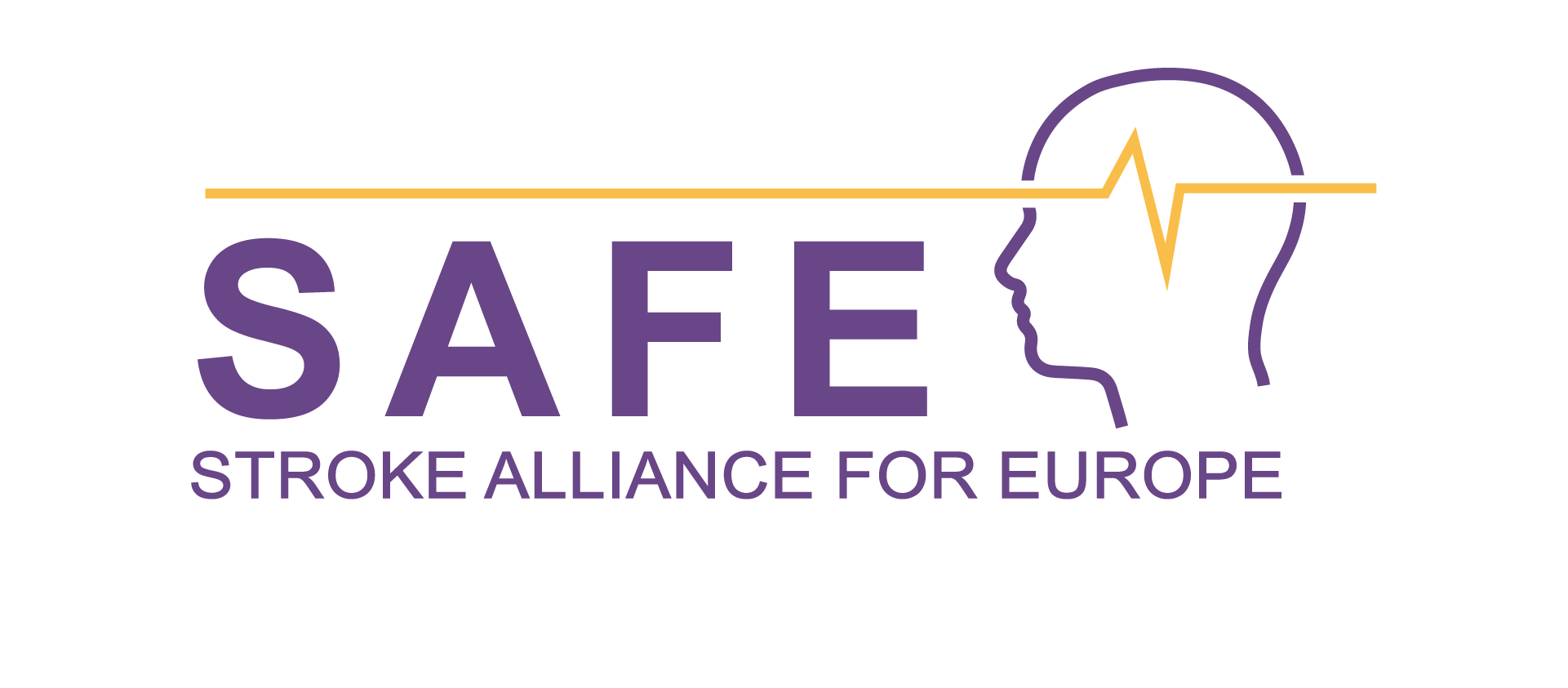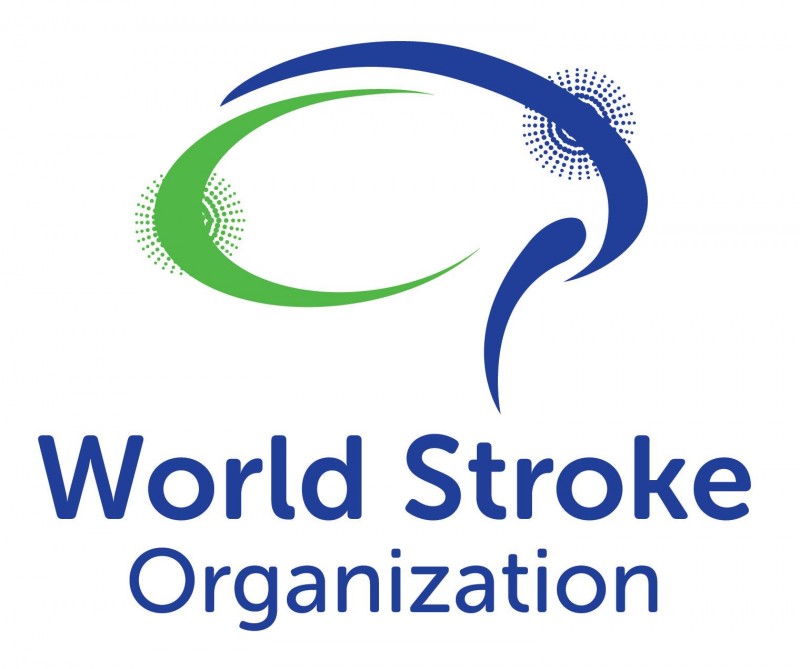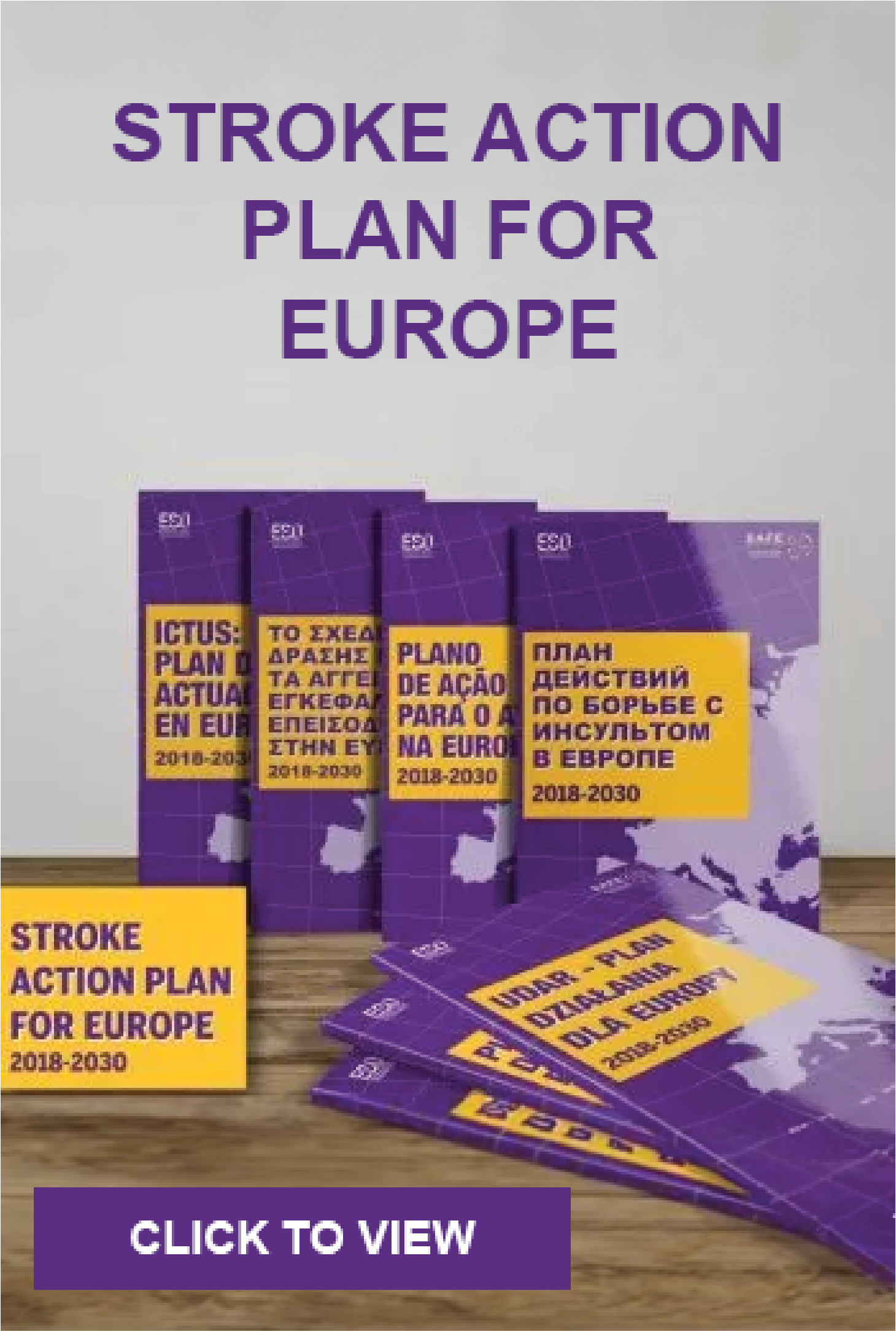Written by Anita Wiseman │ First appeared on WSO blog
After sixty-two years of officially categorizing stroke as a Disease of the Circulatory System, the newly published WHO ICD 11, has correctly classified stroke as a Disease of the Nervous System
ICD 11 is a foundation document for health policy and treatment globally and the decision on stroke classification has been warmly welcomed by the World Stroke Organisation. WSO actively advocated for the change, arguing that positioning stroke as a disease of the brain will support global efforts to increase recognition of stroke and improve access to services and treatments that save lives and reduce post-stroke disabilities. Stroke was responsible for 14m deaths and 116 DALYS in 2016 alone, directing attention to the brain and what can be done to reduce premature deaths.
To find out more about why the WSO has made it a priority to achieve this change, I talked to Bo Norrving, Chair of the organization’s Global Policy Committee. Bo has also been chair of the Cerebrovascular Diseases group for the ICD 11 and is a member of the WHO Neurology Topical Advisory Group, chaired by Raad Shakir.
Why does it really matter that stroke is classified as a brain disease, not a disease of the circulatory system – aren’t the two closely related?
It’s true that there are close links between cardiovascular disease and stroke; many risk factors are shared and primary prevention will target both disorders jointly. We work closely with colleagues in the Non-Communicable Disease (NCD) and cardiovascular (CVD) sphere to advance our common prevention agenda.
The simple fact, however, is that when strokes happen, they happen in the brain.
Delivering stroke treatment early and efficiently with effective acute therapies such as thrombolytic therapy and thrombectomy, depends on the early recognition of symptoms from the brain and early actions to call an ambulance. This is why in many countries campaigns to increase public knowledge of stroke symptoms (like the FAST campaign) have been conducted. These campaigns are founded on in recognition that ‘time is brain’. Similarly, providing early treatment of transient ischemic attacks (TIAs), which are linked to stroke and are a significant contributing factor to dementia, depends on public awareness of the symptoms and rapid admittance to hospital.
The impact of delivering effective treatment for acute stroke – and the opportunity to prevent a stroke – present huge opportunities to reduce the global burden of disease and cannot be missed if we are to are to achieve global goals on NCD reduction. Thinking beyond prevention, understanding the role of the brain in residual stroke symptoms and disabilities from stroke is critically important to providing patients with effective long-term rehabilitation and support.
Classifying stroke under diseases of the circulatory system has kept stroke in the shadows where it couldn’t easily be seen or dealt with. We are delighted that this is no longer the case and that more light can be cast to the specifics of stroke and the opportunities we have to improve prevention and treatment.
How do you think this change will help with the achievement the global goal to reduce avoidable deaths from stroke?
Stroke is the second biggest killer and the largest single cause of disability worldwide and yet still struggles to get the policy attention and resources commensurate with its global impact. Identifying stroke as a disease of the brain and pulling all types of cerebro-vascular diseases into a single block in the ICD 11 will, we believe, guide policy attention to the right place and enable us to develop 21st century services for stroke.
Stroke is probably the best example there is of a non-communicable disease that is highly preventable and highly treatable. With the right focus and commitment to stroke we can make a massive impact on the achievement of global health and development goals .





